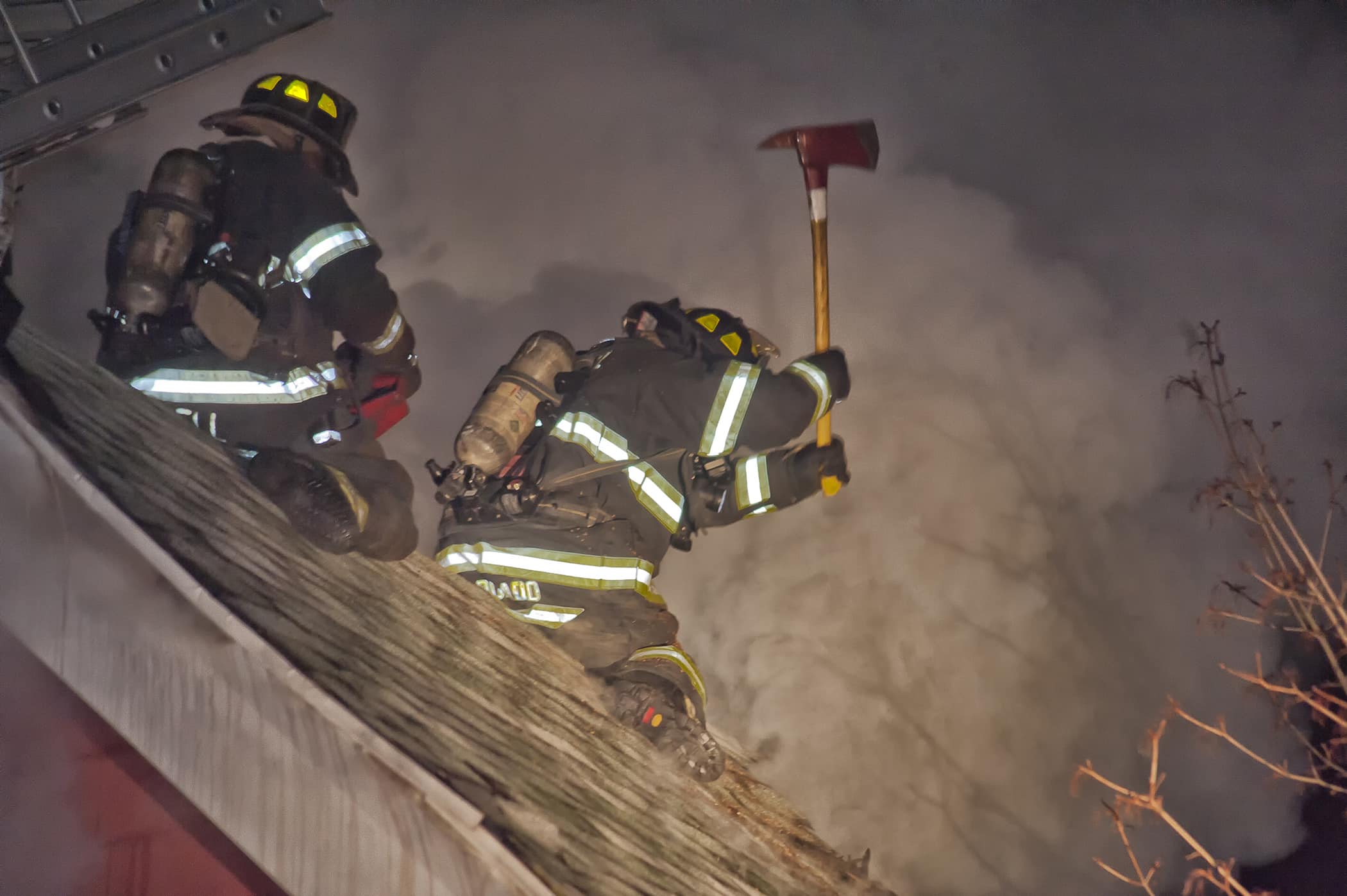Get the help you need right now 855-900-8437 Get Help Now
Get the help you need right now 855-900-8437 Get Help Now
August 7, 2017
Most fire fighters and paramedics are exposed to potentially traumatic events as a normal part of their jobs. Following certain bad calls, some may have a strong reaction. They replay the event in their minds, have difficulty sleeping or experience strong, upsetting thoughts and feelings.
By talking with others and engaging in self-care, these common stress reactions often subside over time. However, when these symptoms persist or intensify, or there’s a delayed stress reaction months or years after an event, the fire fighter or paramedic could be experiencing Post-Traumatic Stress Disorder (PTSD), a diagnosable and treatable mental health condition.
Help is possible, but only if fire fighters and paramedics recognize the signs of this condition and talk about them.
Fortunately, the stigma associated with PTSD is fading. The worry about being perceived as “weak” is giving way to a growing concern about untreated PTSD and suicide. Fire fighters and paramedics with PTSD are finally coming out of the shadows, talking about their PTSD experience and getting help.
So, as a fire fighter, paramedic, family member or friend, what can you do?

At the kitchen table or in the bunk room, if you notice a change in an individual’s behavior or mood, be on the lookout for these five warning signs of PTSD:
1. Isolation from others
2. Disturbed sleep
3. Increased irritability
4. Decreased interest in significant activities
5. Self-destructive or reckless behavior
Sometimes, it’s easier to recognize PTSD in others rather than ourselves. If you are experiencing any of these five hidden warning signs of PTSD, take action.
1. Intrusive memories or thoughts of a traumatic event
2. Avoidance of thoughts, feelings or external reminders of the event
3. Feelings of numbness
4. Hypervigilance or exaggerated states of fear
5. Persistent, negative beliefs about yourself and the world
Ignoring or keeping quiet about these warning signs can be dangerous. PTSD is a real health problem that needs to be treated. Recognizing the warning signs and talking about the issue helps connect people to the help they need.